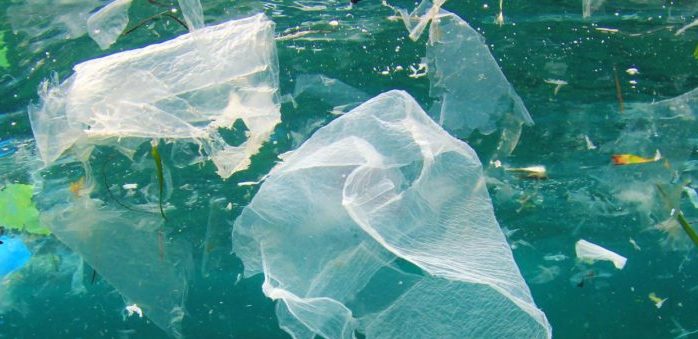Marine litter can pose significant dangers to the marine environment, ecology and human health, and is a global concern. IMO is currently trying to mitigate this problem with actions including regulating garbage discharge from ships and helping countries improve their human and technical capacities.
Marine litter, including plastics and microplastics, are caused by land-based sources in massive quantities but can also originate from ships. Debris has been noted in coastal areas, in waters far from anthropogenic pollution sources, in surface waters, in the water column of deep water and in ocean sediments, and from the equator to the poles, including trapped in sea ice.
[smlsubform prepend=”GET THE SAFETY4SEA IN YOUR INBOX!” showname=false emailtxt=”” emailholder=”Enter your email address” showsubmit=true submittxt=”Submit” jsthanks=false thankyou=”Thank you for subscribing to our mailing list”]
UN Environment estimates that 15% of marine litter floats on the sea’s surface, 15% remains in the water column and 70% rests on the seabed.
According to another study, 5.25 million plastic particles, weighing 268,940 tonnes in total, are currently floating in the world’s oceans.
An IMO Regional Workshop on MARPOL Annex V and Port Reception Facilities for the ASEAN Region took place in Ho Chi Minh City, Viet Nam, from 27 to 29 June. The workshop aimed to raise awareness on marine litters and improve implementation of IMO garbage regulations on ships and in port reception facilities.
More than 40 participants from nine countries took part in the workshop, sharing their experience in marine litter management and implementation of MARPOL Annex V and port reception facilities.






























































